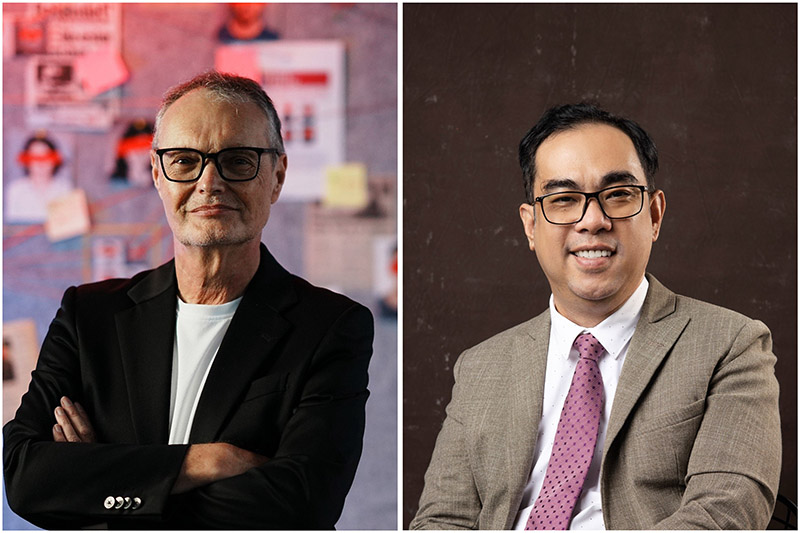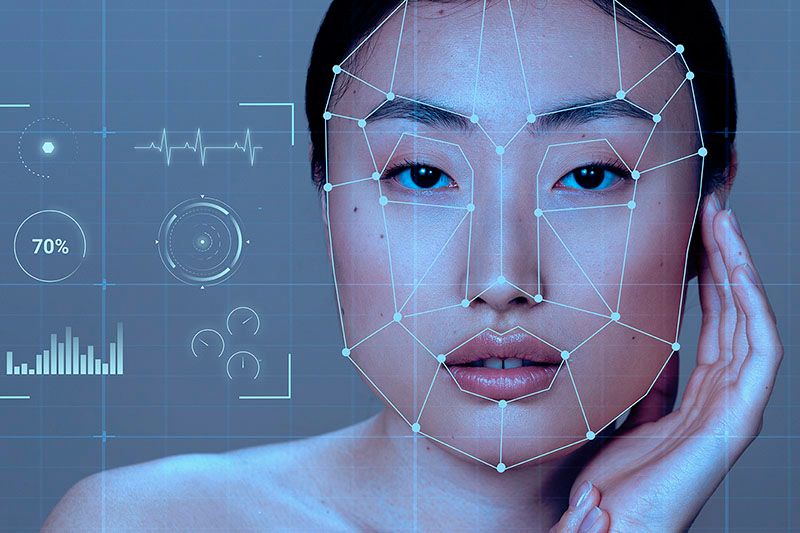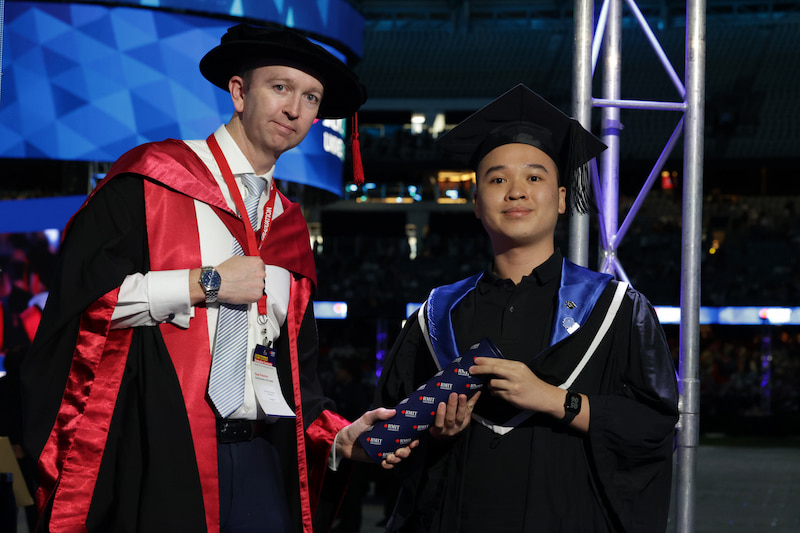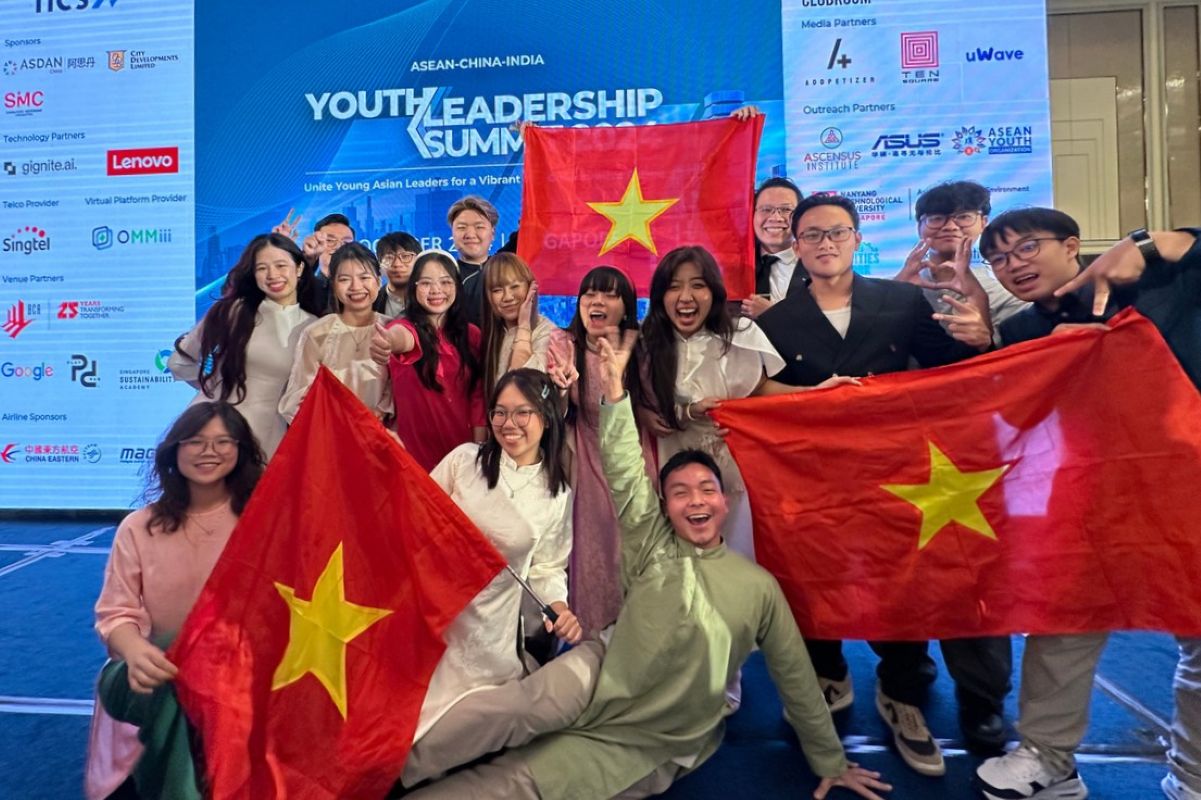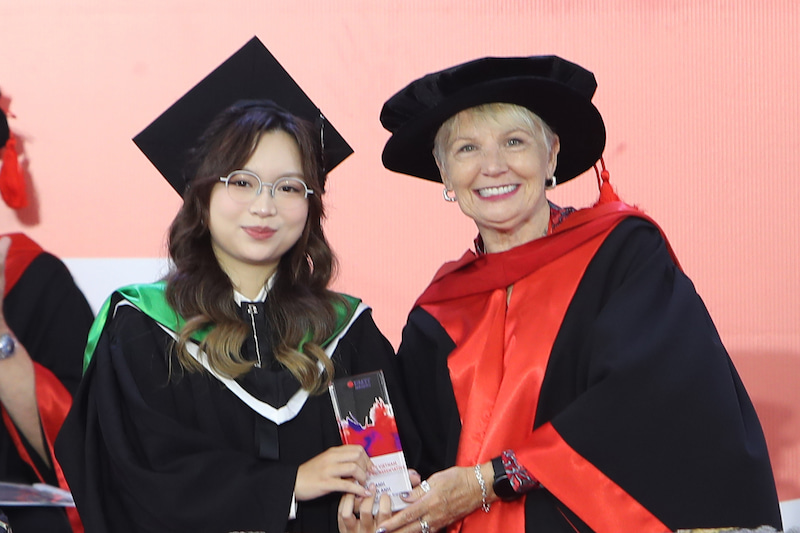Dr Nguyen Van Thang Long, Senior Lecturer from the School of Communication & Design at RMIT Vietnam: “Deepfakes pose a significant danger to celebrities and politicians, as the continuous circulation of negative information can shape public perception unfavourably towards them.”
With the proliferation of fake news through deepfakes, the media teams of celebrities and politicians need to have resources in place to monitor and swiftly respond to fake news or continuously correct misinformation.
If deepfakes are systematically integrated with organised smear campaigns rather than being disseminated spontaneously, this task becomes even more challenging due to the flood of contradictory information. In such cases, fake or negative news is likely to spread more rapidly than positive news.
Typically, when news is shared on social media, individuals often seek validation from mainstream media outlets. With deepfake-generated content circulating on social media, confirming the accuracy of journalistic information becomes increasingly arduous and time-consuming, requiring extensive research and verification techniques.
Delayed verification of news and its sources creates additional openings for the proliferation of false, fabricated, or misleading information, amplified by swift sharing and commentary on social media. This exacerbates the underlying issue and could potentially lead to social unrest, particularly if the content relates to political statements, religion, gender, business strategies, or macroeconomic matters.
In the context of deepfakes, the most effective risk management strategies involve maintaining consistent communication channels - via popular social media platforms, websites, or direct interactions - among enterprises, celebrities, politicians, and key stakeholders such as fans, journalists, communities, and employees.
By upholding these communication channels, timely reception of deepfake-related information becomes possible, enabling swift and effective correction of rumours and debunking of misinformation from the beginning.
However, companies, celebrities, and politicians also need to develop crisis management plans specifically tailored to deepfake scenarios. These plans should outline protocols such as designating official spokespersons, selecting communication channels, specifying criteria for verifying information through credible sources and evidence, establishing timelines for addressing rumours, and outlining strategies for reputation recovery.
With a well-prepared plan in place, managing deepfake crises becomes more feasible, mitigating the occurrence of detrimental outcomes.
Story: June Pham

